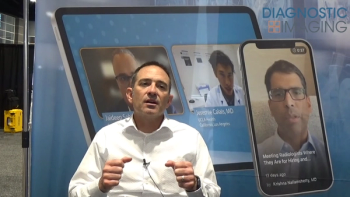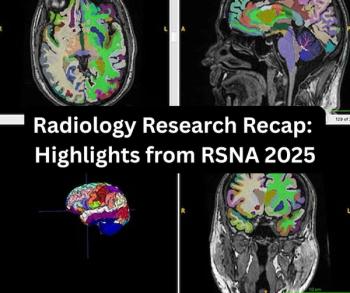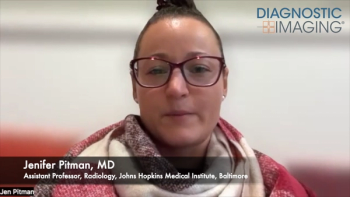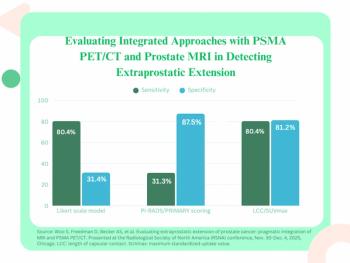
Agent offers 3D view of colon cancer via dual-modality virtual colonoscopy
CONTEXT: Building on established methods for CT virtual colonoscopy, Dr. Jamey Weichert, an associate professor of radiology at the University of Wisconsin, Madison, and colleagues tested a method for colonic tumor detection and characterization using PET/CT imaging.
CONTEXT: Building on established methods for CT virtual colonoscopy, Dr. Jamey Weichert, an associate professor of radiology at the University of Wisconsin, Madison, and colleagues tested a method for colonic tumor detection and characterization using PET/CT imaging. Iodine-124 NM404 (a radioiodinated phospholipid ether analog) was used as a PET tracer. NM404 has shown prominent tumor avidity and prolonged tumor retention in more than 30 preclinical malignant tumor types and in early clinical evaluation of lung cancer patients. Fluorine-18 FDG-PET was used for comparison. When labeled with iodine-125 or other radioisotopes commonly used in radiotherapy, NM404 has also shown promise as a radioimmunotherapeutic agent.
RESULTS: Two PIRC rats (a transgenic model for testing colon cancer progression) were injected with F-18 FDG followed 24 hours later by an injection of 124I-NM404. MicroPET and microCT scans were performed immediately following FDG injection and at 24 and 96 hours after NM404 injection. The in vivo NM404 microPET/microCT data distinguished three lesions as adenocarcinomas. Results confirmed a high degree of specificity for malignancy with NM404, while FDG did not differentiate between malignant and benign lesions.
IMAGE: In vivo microCT virtual colonoscopy fly-through of a PIRC rat indicates NM404 uptake in three potentially cancerous lesions.
IMPLICATIONS: The study is part of a larger program to establish clinical trials for NM404 dual-modality virtual colonoscopy. Future research will calculate standardized uptake values of NM404 versus FDG in colonic lesions in greater numbers of mice.
Newsletter
Stay at the forefront of radiology with the Diagnostic Imaging newsletter, delivering the latest news, clinical insights, and imaging advancements for today’s radiologists.




























